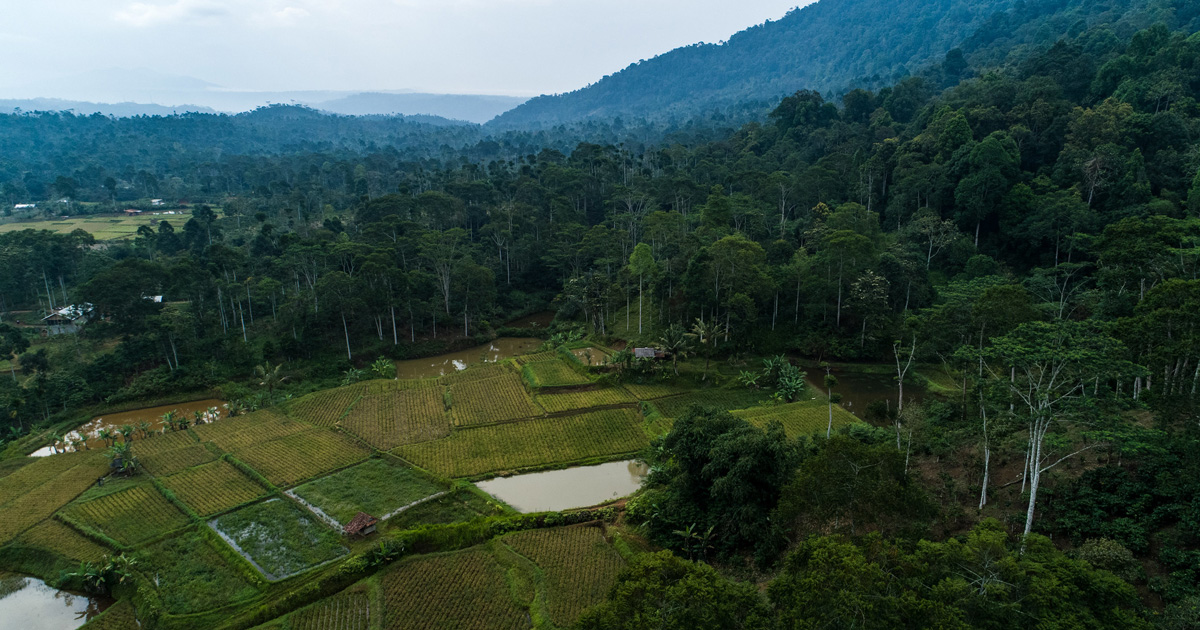Poor soil fertility is the biggest obstacle to agricultural productivity in Sub-Saharan Africa. Improved fallows can help to raise agricultural productivity in these systems of low financial capital, however, experimental testing of their potential application domain and design is costly and time consuming. Models can evaluate alternative systems relatively quickly and at relatively low cost, but must first be validated to assess satisfactory simulation of the target systems. Specific climatic, edaphic, crop and fallow growth data was used from five sites in Western Kenya to calibrate and validate simulations of maize and improved fallow growth using the Water, Nutrient and Light Capture in Agroforestry Systems (WaNuLCAS) model. The model predicted continuous maize yields across the sites with an R2 of 0.72, an EF (model efficiency) of 0.66 and a CD (coefficient of determination) of 2.73, although the default pedotransfer functions (PTF) for volumetric soil water content used in the model had to be substituted for a tropical soils specific PTF before this was achieved. Predicted maize yield was consistently related to fallow biomass (i.e. higher fallow biomass correlated with higher subsequent maize yields) at two sites and the model predicted maize yields following fallow growth from this subset of the data with an R2 of 0.42. This relationship of fallow biomass to subsequent maize yield was not observed across the whole data set due to incomplete fallow litterfall data, factors not included in the model and associated poor model prediction of recycled tree biomass. After site and tree calibration, the model can thus be applied to assess fallow management strategies for sites limited by water and nitrogen.
DOI:
https://doi.org/10.1007/s10457-007-9049-6
Altmetric score:
Dimensions Citation Count:






















